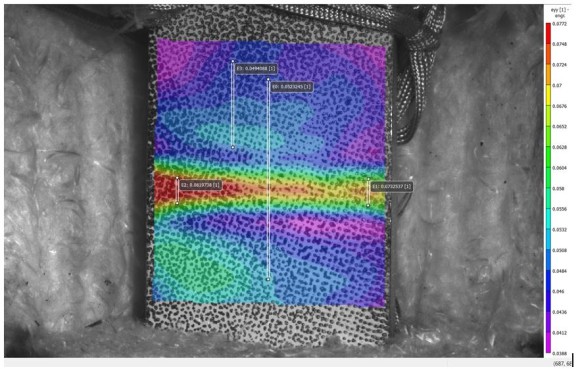

Subsea pipelines connect much of the other offshore oil and gas infrastructure, carrying fluids to and from wells, platforms and loading and unloading stations. The remoteness of these lines from human intervention during operation makes their structural integrity particularly important to plan for at the design and fabrication stage.
Designing for these services has all the requirements for pressure retention and corrosion resistance against the internal and external environments of any pipeline. Additional service loadings have to be considered to account for pipe movement on the seabed and any motions of the pipe due to water flow or motion of the connected structures, such as floating platforms.
Subsea pipeline laying can also apply high strains, such as when lengths of pipe are reeled after girth welding and delivered to site in the reeled condition to be unreeled as they are layed. This can combine with strains during the laying process.
Knowledge of the material properties and behavior of welds are crucial to providing the structural integrity and a specialty of EWI.
The figure shows a weld designed for subsea service with a behavior that is not normally desirable. The strain is concentrated in the weld area as shown in the warm colors across the middle of the specimen during a tensile test. This dissimilar weld has strain concentration only during part of the test though, since the weld metal has a greater strain to failure capacity compared to the pipe steel and the failure location in this test was several inches outside the weld. Another part of the behavior observed during testing was that the localized weld strains did not extend to the weld root.
The specialized equipment used for this testing included digital image correlation. This system uses specialized cameras and a pattern of painted dots to follow the strains on the component surface during the test, giving a more complete picture than would be available from more standard methods of measuring strain. Additional specialized equipment was used to heat the specimen to the maximum operating temperature. The insulation and heating cord are visible around the specimen.
In addition to specialized tensile testing, EWI has capabilities in fracture toughness testing and resonant fatigue testing to allow welded areas to be qualified for service.
Bill Mohr, EWI Principal Engineer – Structural Integrity, is responsible for initiating, conducting, and reporting research and contract work. He is an expert in the areas of fitness-for-service assessment, design, and fatigue of welded structures. He can be reached at [email protected].
.